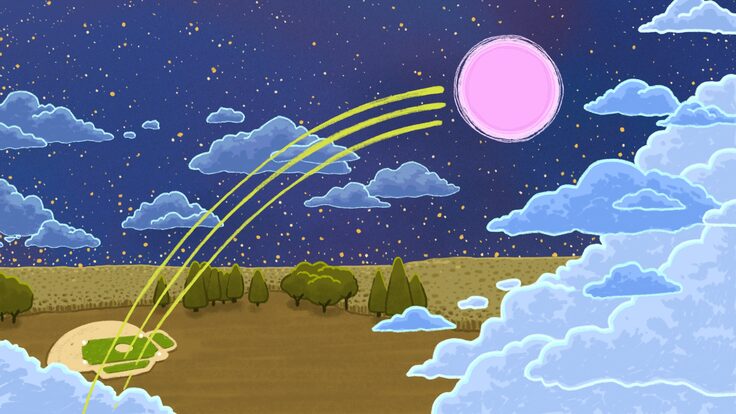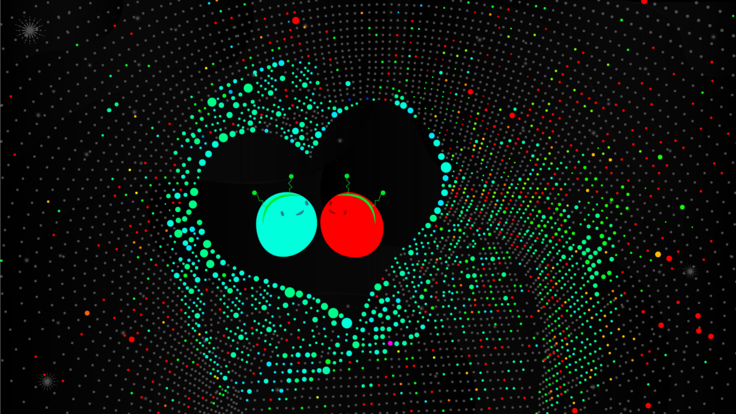Writing a book about a complex physics experiment is one thing; making the concepts pop out at readers is quite another.
Writer Emma Sanders and paper engineer Anton Radevsky worked with ATLAS scientists to create Voyage to the Heart of Matter: The ATLAS Experiment at CERN, an 8 page pop-up book about ATLAS (from the same publishers who brought you the ATLAS coffee-table book). The book features 3-D images of the big bang, the French/Swiss countryside that reveals ATLAS under the surface, and the ATLAS detector, which readers must put together themselves.
"There are all kinds of possibilities with a pop up book that aren't possible with flat text," says Sanders.
The idea for the pop-up book first came from a handful of ATLAS scientists, who passed the idea on to the CERN outreach department, and who eventually presented Sanders with the opportunity to write it.
Sanders, who is head of Microcosm, CERN's exhibition center, had never done a pop-up book, nor a children's book before. She joined forces with Radevsky, a long-time paper engineer located in Sofia, Bulgaria, who would lead the paper construction. Sanders visited Radevsky in Sofia, where she spent time learning about paper folding from Radevsky, in his paper strewn office.
"As I walked back to my hotel room, I saw everything around me as folded paper," says Sanders. "I said that to Anton and he said, ‘I've spent my whole life like that.'"
Sanders worked closely with about fifty scientists on designing the book, and she received input from many more sources. She says she wanted to reveal how the ATLAS detector worked, and how it tracked subatomic particles; but she also wanted to address some of the larger questions that ATLAS is trying to answer.
"One of the most difficult pages was perhaps one of the simplest, which was representing matter and antimatter meeting," she says. "We tried all kinds of complex pop-ups for that and every time we showed the scientists something they said ‘No, that doesn't work.' That was probably the most difficult one to make.
The final product is a beautiful feat of pop-up engineering, good for young readers and adults alike. It features multiple tabs, flaps, and pop-ups per page page, and segments that must be constructed by readers.
"I think it's just a really fun way of discovering the subject," says Sanders, "I really hope it brings a whole new audience to the exciting science that's going on here."
The book will be available from the publisher or through amazon.com starting November 9.









